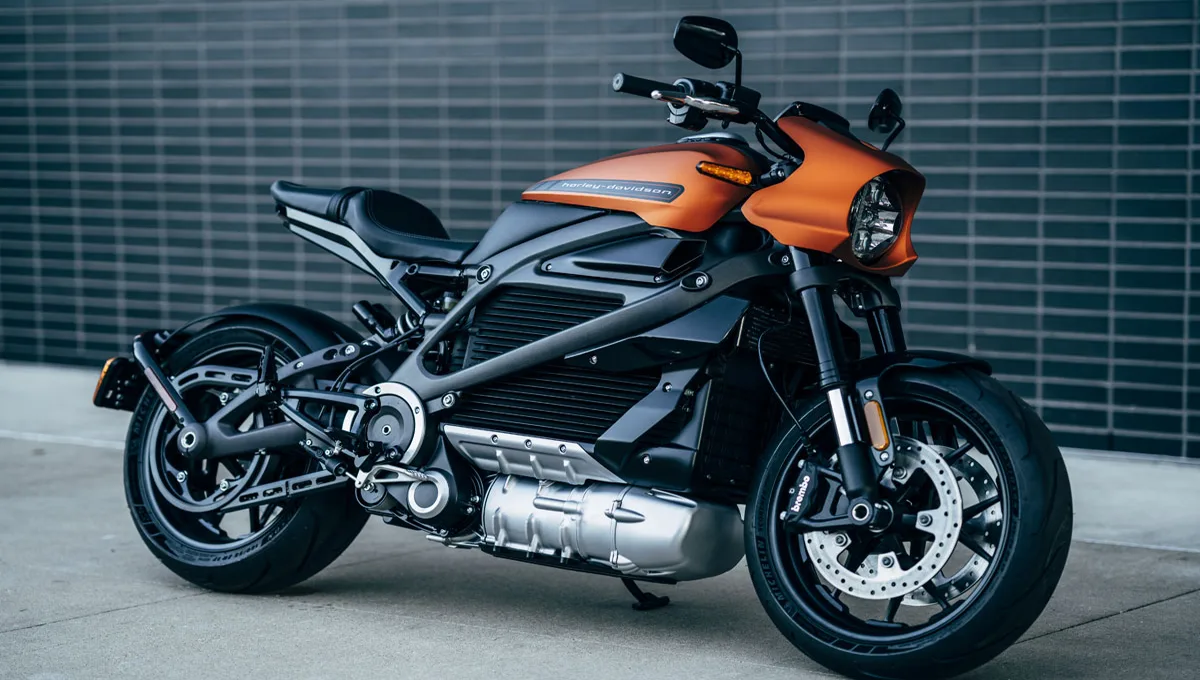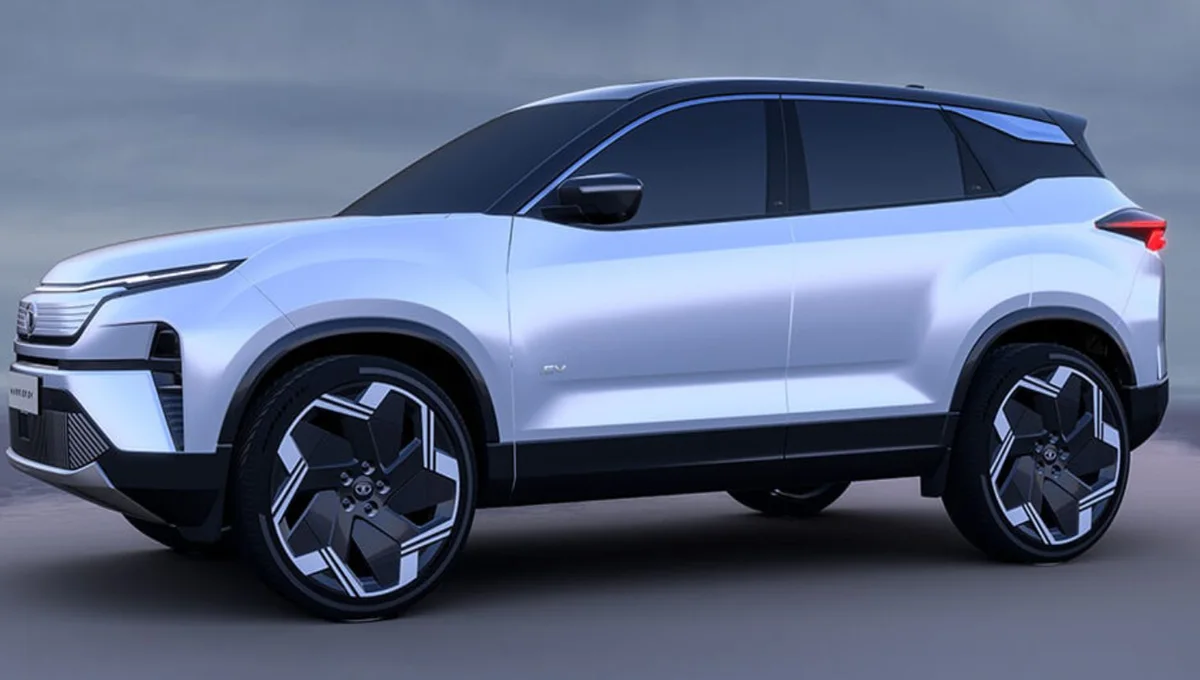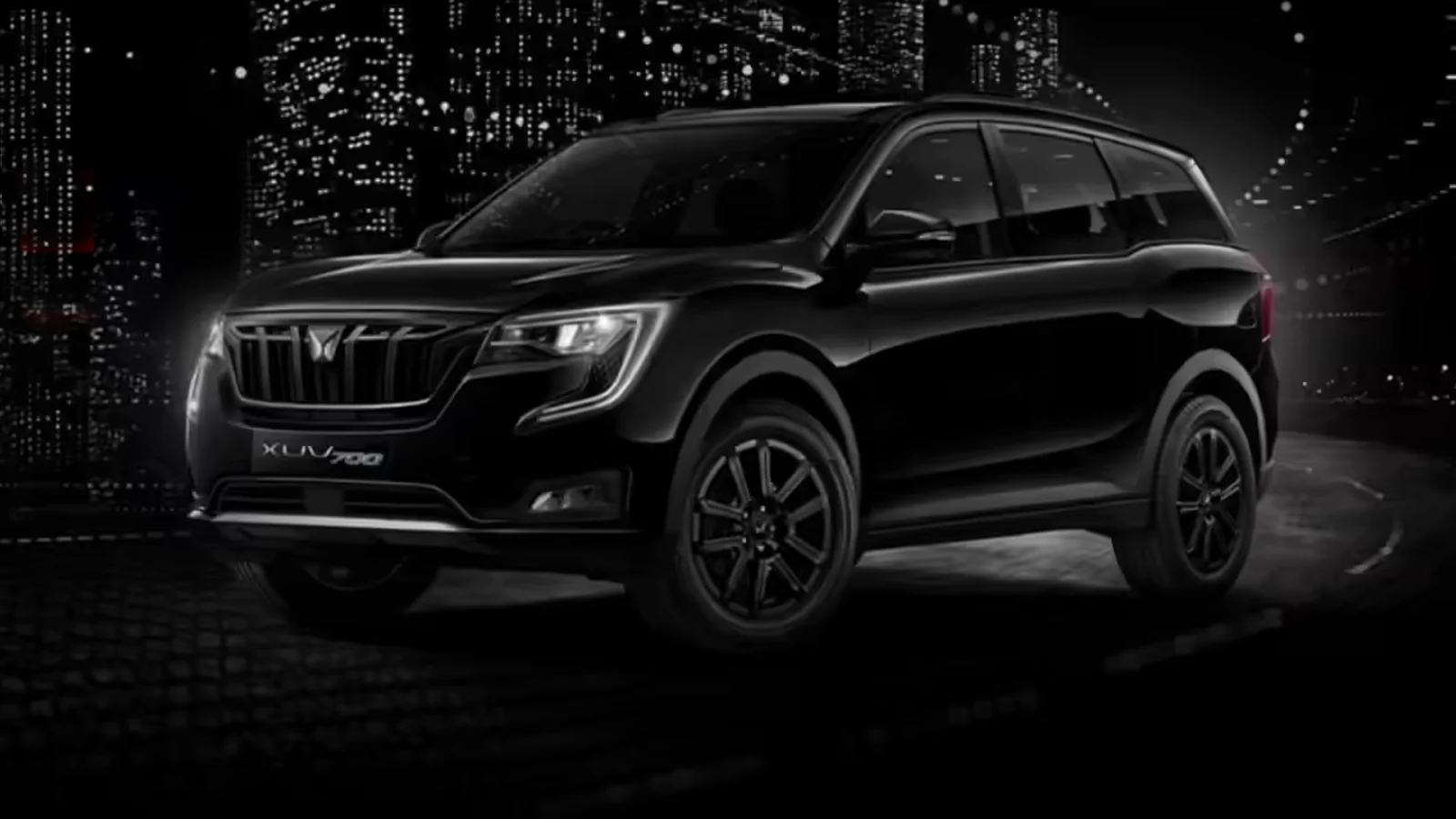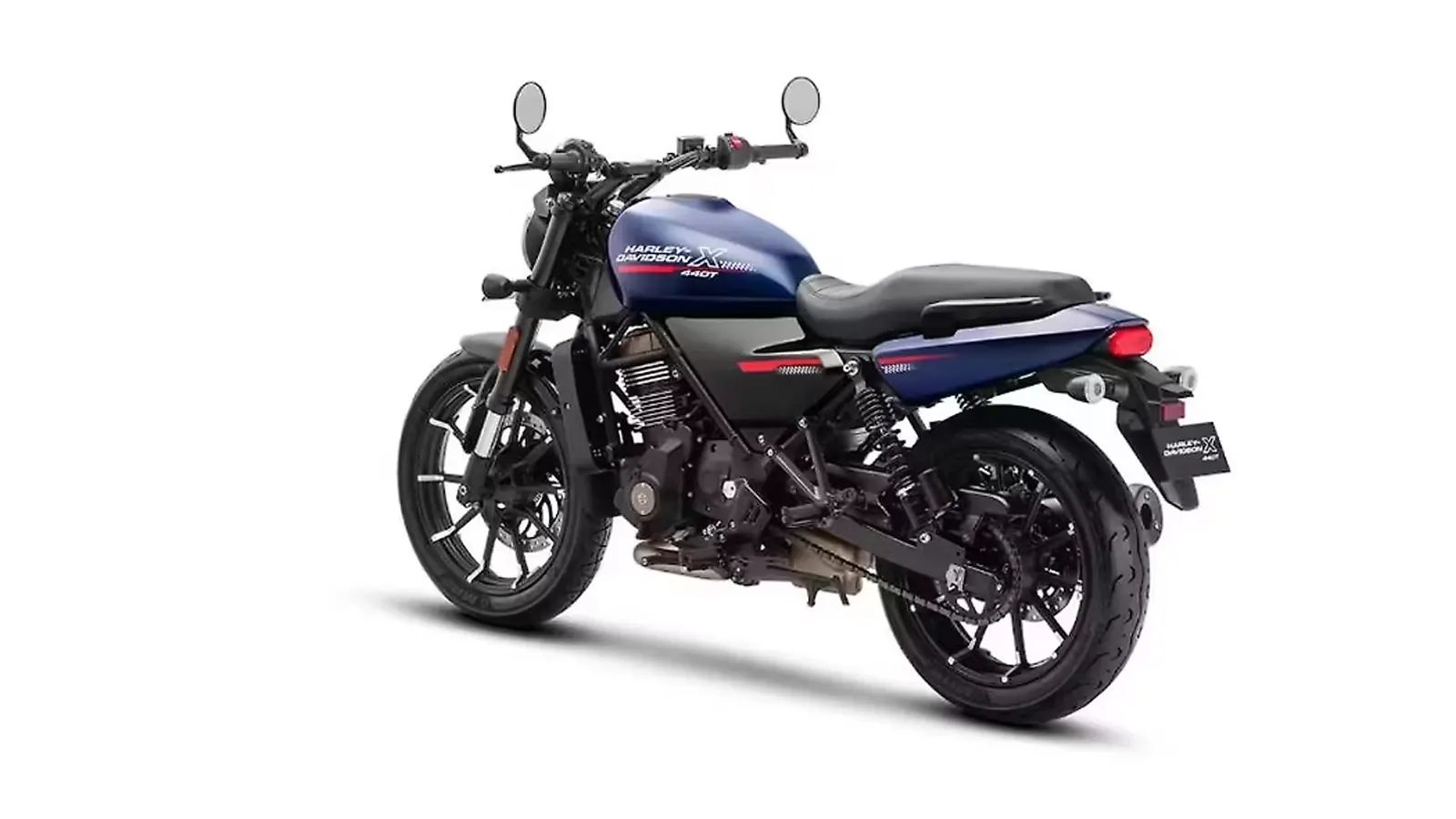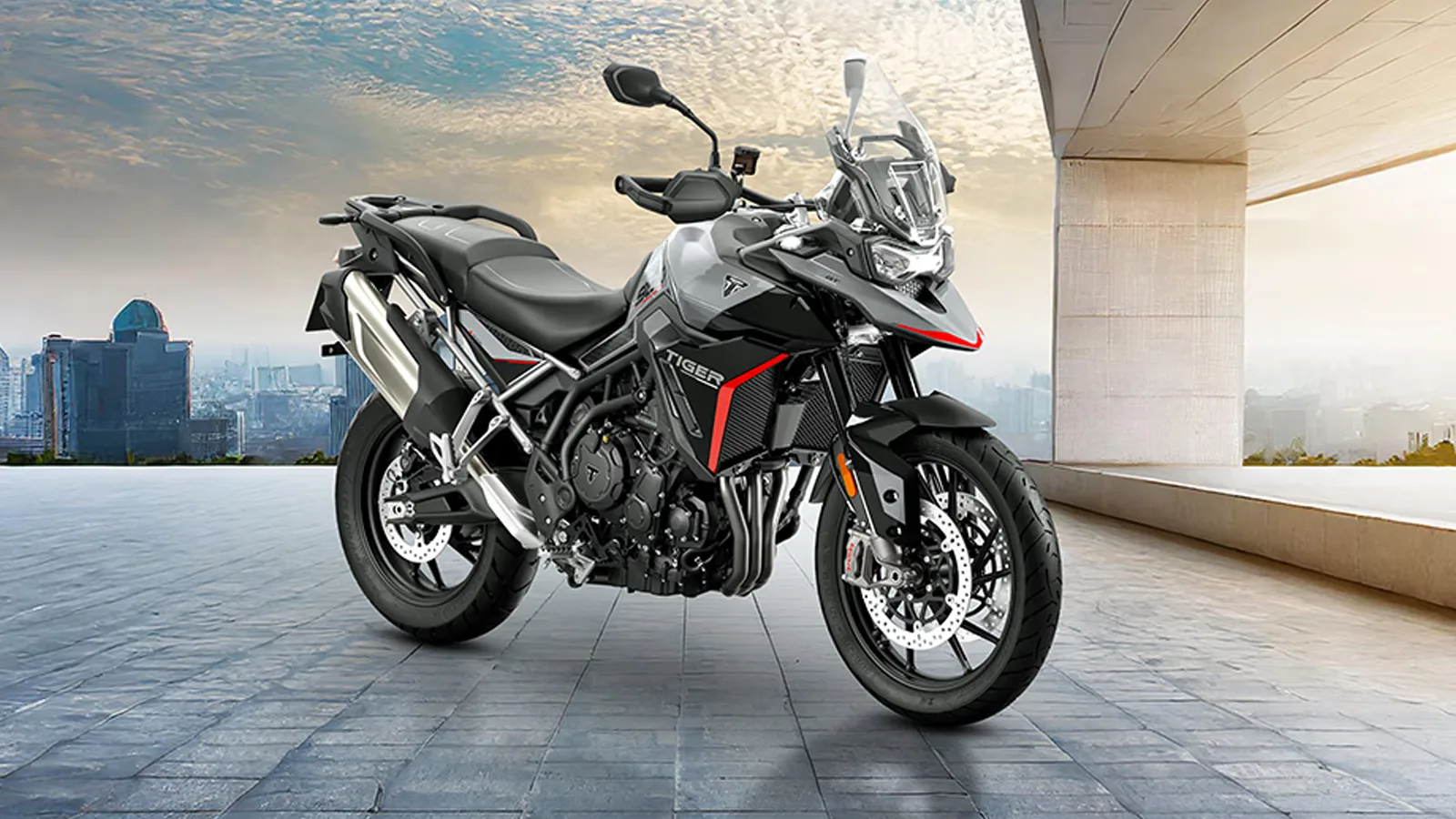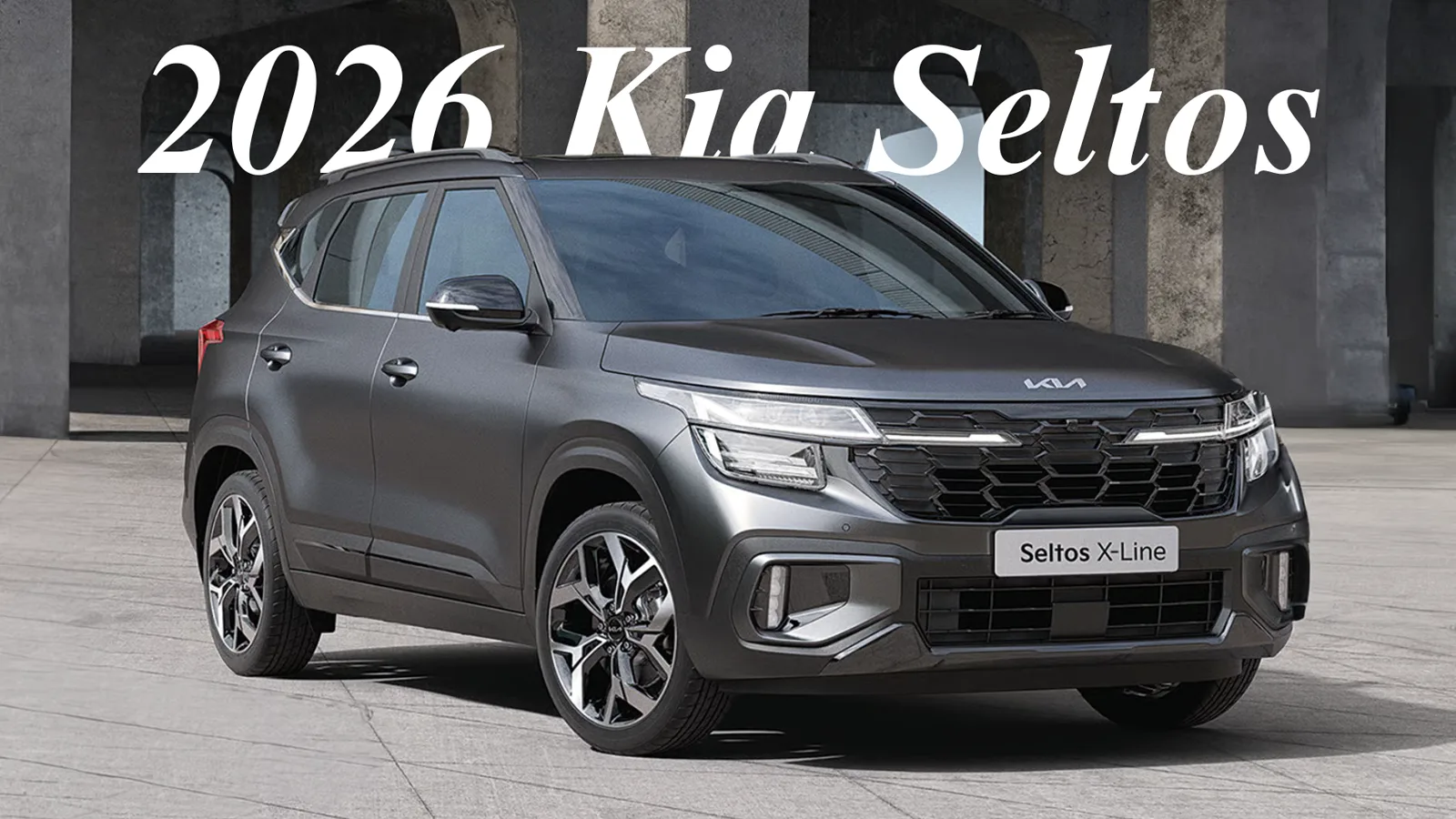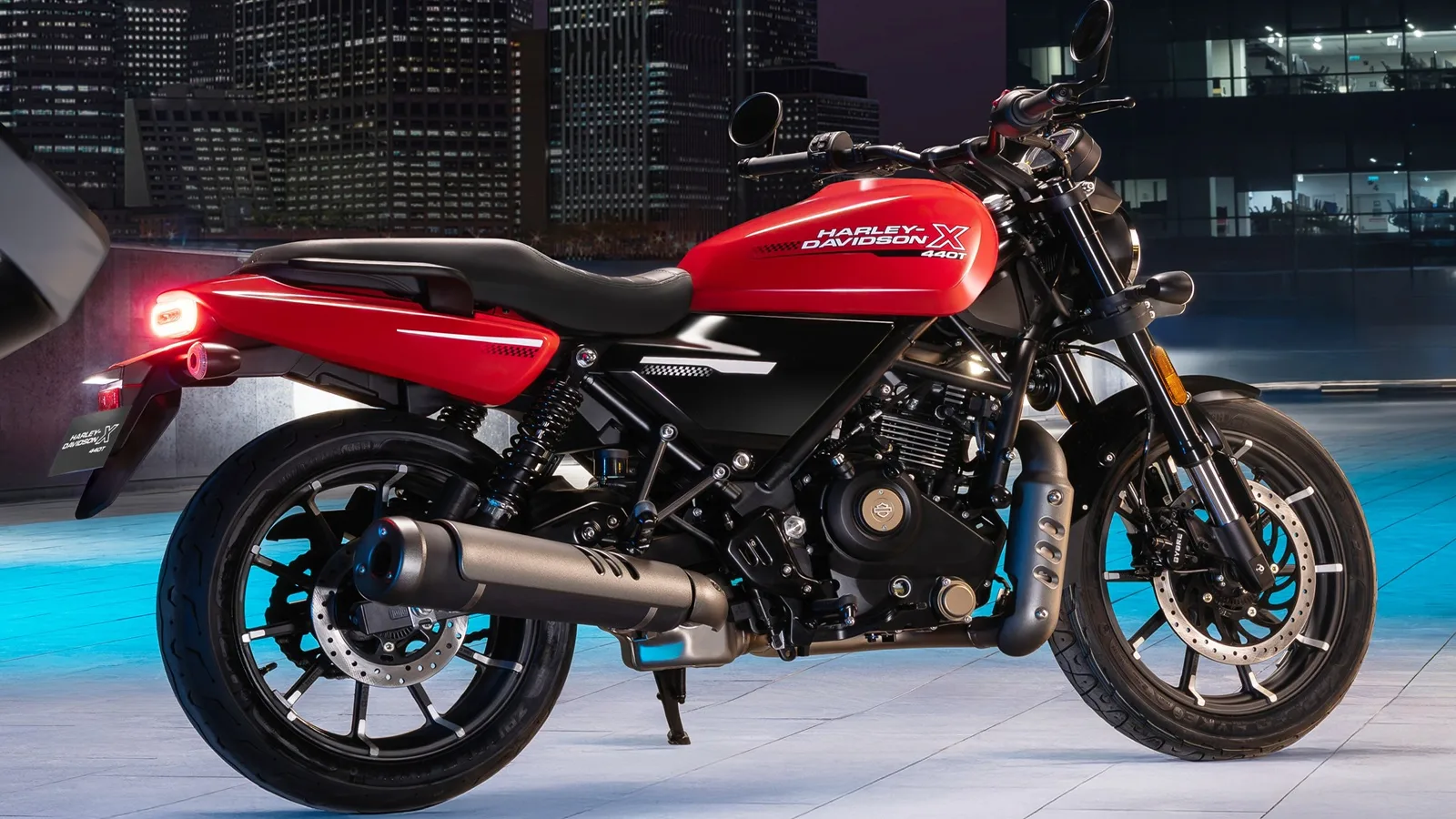Harley-Davidson’s ₹5 Billion Decision: A New Way or Just a Time to Buy?
Harley-Davidson is a name that is not just a symbol of motorcycles but also of freedom, style and attitude. But in today’s changing business climate, Harley is moving towards a big and risky decision. The company has started talks of selling part of its Harley-Davidson Financial Services (HDFS) and motorcycle loan portfolio to Pacific Investment Management Co. (PIMCO) and KKR & Co. for ₹5 billion.
This deal is not just a game of money but a signal that Harley-Davidson is now ready for change. The question is – is this change going in the right direction or is it an attempt to pass some more time?
What is the role of HDFS?
HDFS is an important part of Harley-Davidson that helps dealers finance inventory and gives loans to customers for Harley-Davidson and Live Wire bikes. This unit contributes 20% of the company’s total revenue according to 2024 data.
When it comes to selling such an important asset, there are some big reasons behind it. The ₹5 billion price tag of this deal is not limited to current loans but also has an eye on the debt of future motorcycle loans. Both PIMCO and KKR are interested in investing money in future loans as well.
Why is Harley doing this deal?
The reason behind this is simple — Harley-Davidson is struggling. The company’s sales growth has slowed and competitors such as Honda and BMW have gained an edge in the market. Harley’s shares have already fallen by 22% this year.
CEO Jochen Zeitz has also announced his retirement and the company is now searching for new leadership. All these factors create a combined pressure that pushes the company to explore new financing options.
What is the risk?

This is not the first time Harley-Davidson has made tough business decisions. The decision to close the York, Pennsylvania plant in 2013 was initially seen as risky but later helped streamline the company. The sale of Buell Motorcycle Company in 2018 was also initially controversial but brought brand clarity.
But now the situation is more complex. If HDFS is taken over by a private equity firm, long-term customer relationships and dealer support could be at risk. The main focus of private firms is to get quick returns, not sustainable growth. If a bank were the buyer, financing terms would be more stable but capital injection would be less.
That’s why it’s important to choose the right buyer — one that maintains a balance with Harley dealers while also providing the company with funds for growth.
Market Trends: Rising Steps of Private Credit Private credit firms are growing rapidly in the $5.2 trillion asset-backed market. These firms are actively investing in categories such as auto loans, home loans, and even solar panel finance. Firms such as Carlyle Group have done similar deals with Sun gage Financial.
These firms repackage loans and convert them into securities and sell them in the market. Harley-Davidson has also previously converted its motorcycle loans into bonds. But now selling the whole or a large part of HDFS is a decision of a different scale.
Is this the right direction?
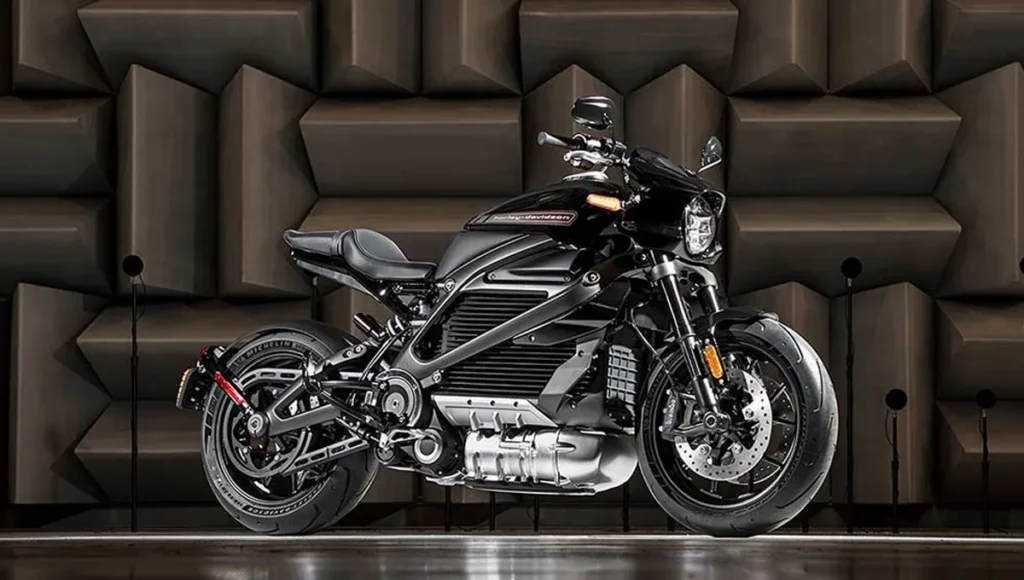
The deal is a strategic gamble for Harley. If the company uses this money correctly — such as electric vehicle innovation (models like Livewire), expansion into new global markets, and modernizing the brand — the deal could prove to be a turning point.
But if this money is not invested in the right place, or the customer and dealer relationship is weak, this opportunity could also be wasted.
The Q2 2025 earnings call on July 30 will be very crucial for the company. Investors will closely monitor the latest updates of this deal, the performance of Livewire, and future plans.
Harley-Davidson should not lose its face
Harley-Davidson is not just a brand; it is an emotion. But business cannot run on nostalgia alone. In today’s world innovation and adaption are required. The sale of HDFS is a sign that the company is serious about change. But will this change compromise the face of the brand?
The biggest question for shareholders is – is the company betting on its future or just buying time?
Disclaimer:
This article is for general information only. This is not any kind of financial or investment advice. Please consult your financial advisor before taking investment decisions.
Also Read
MG Cyberster: India’s Cheapest 2-Door Convertible Sports Car with 580km Range & Supercar Speed
